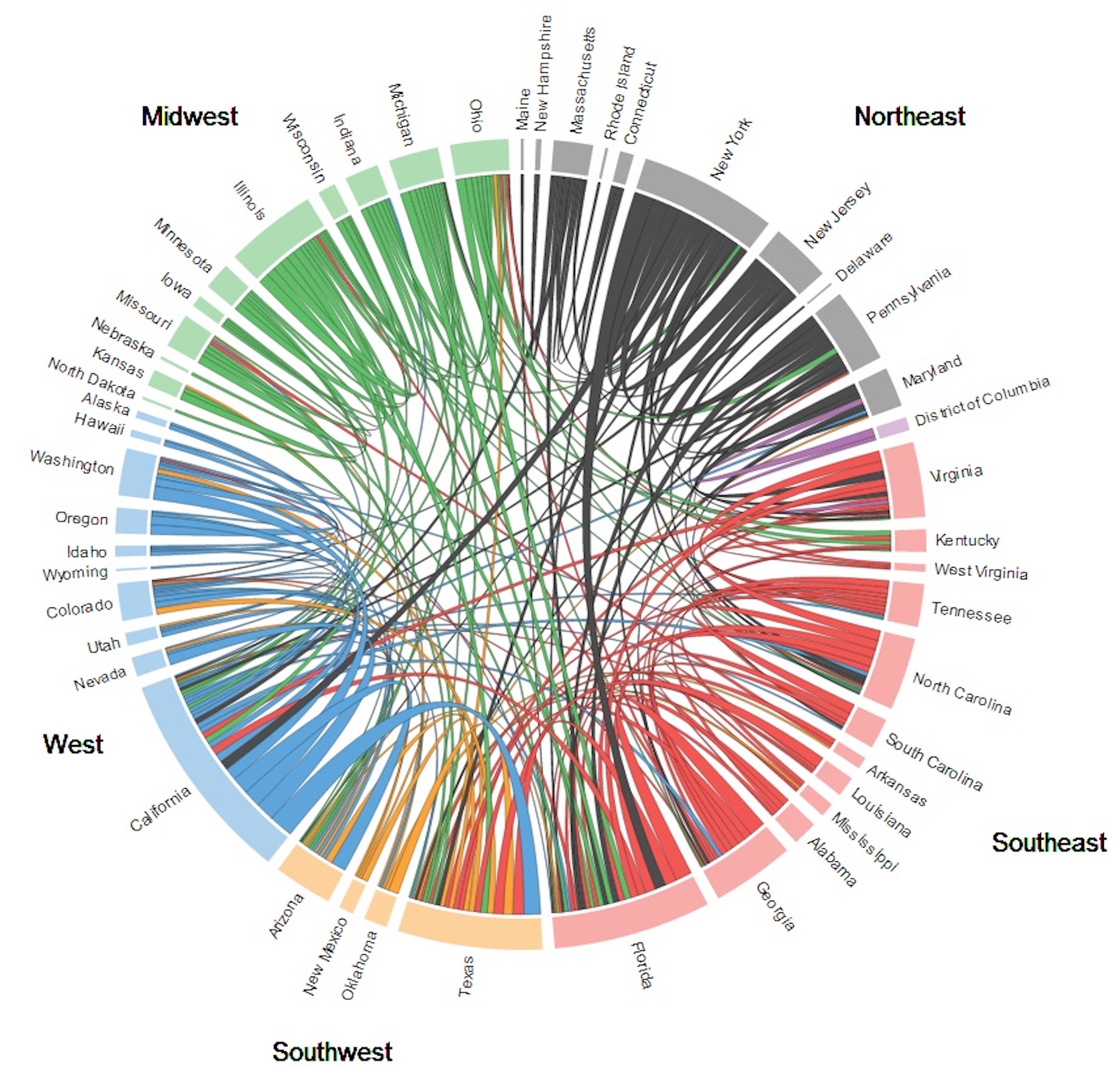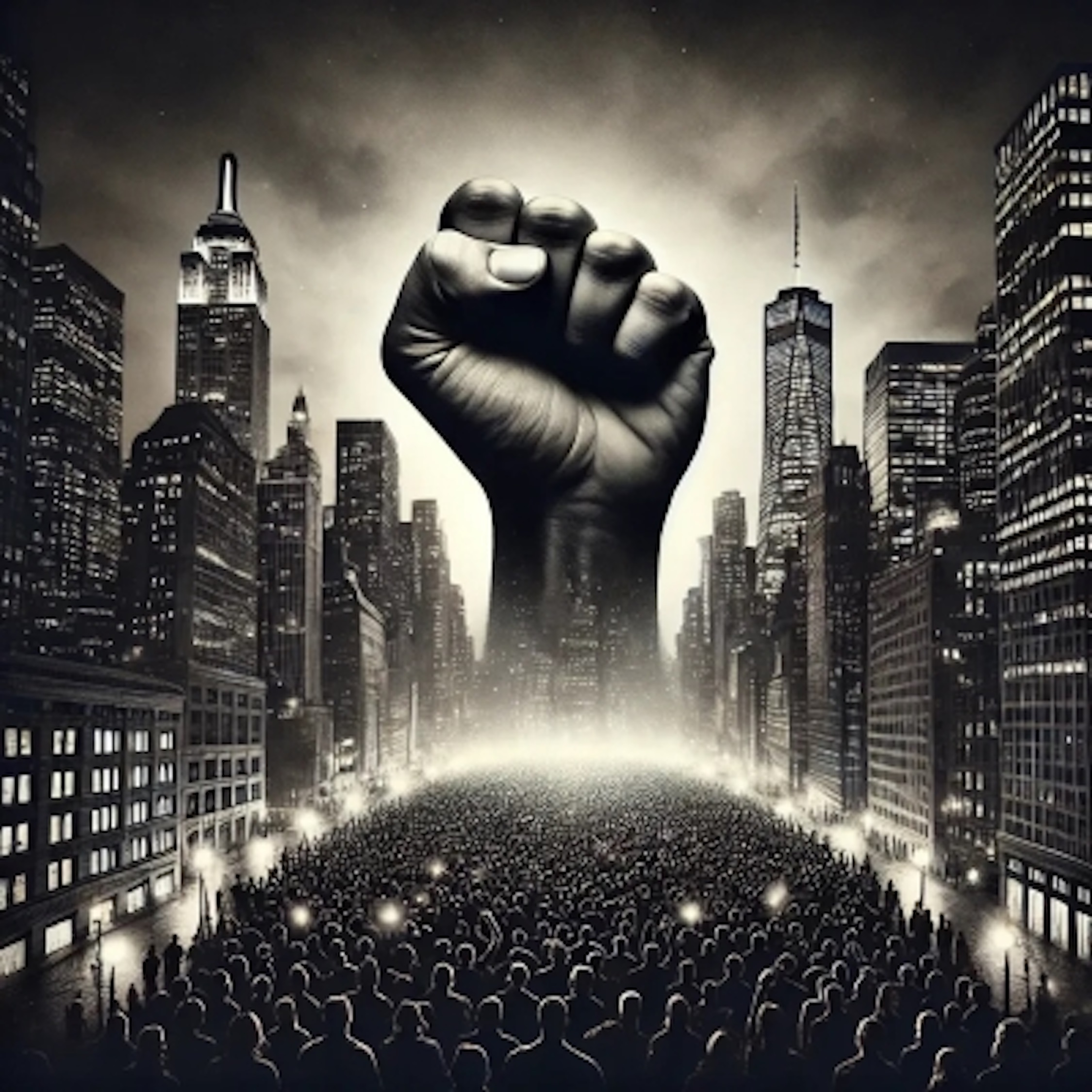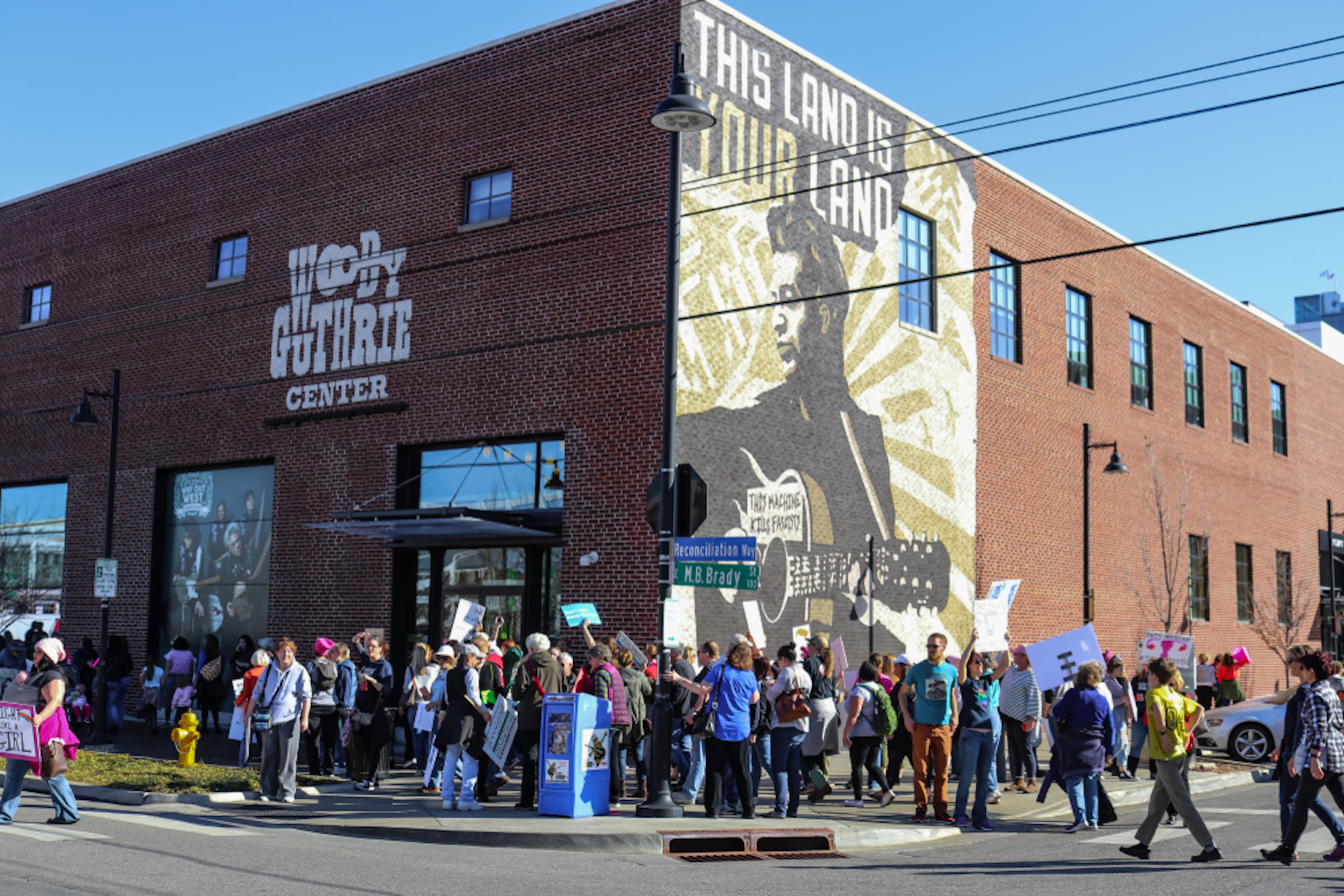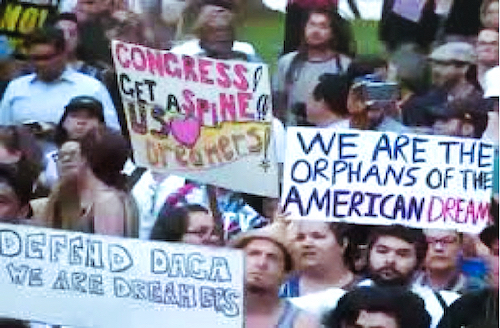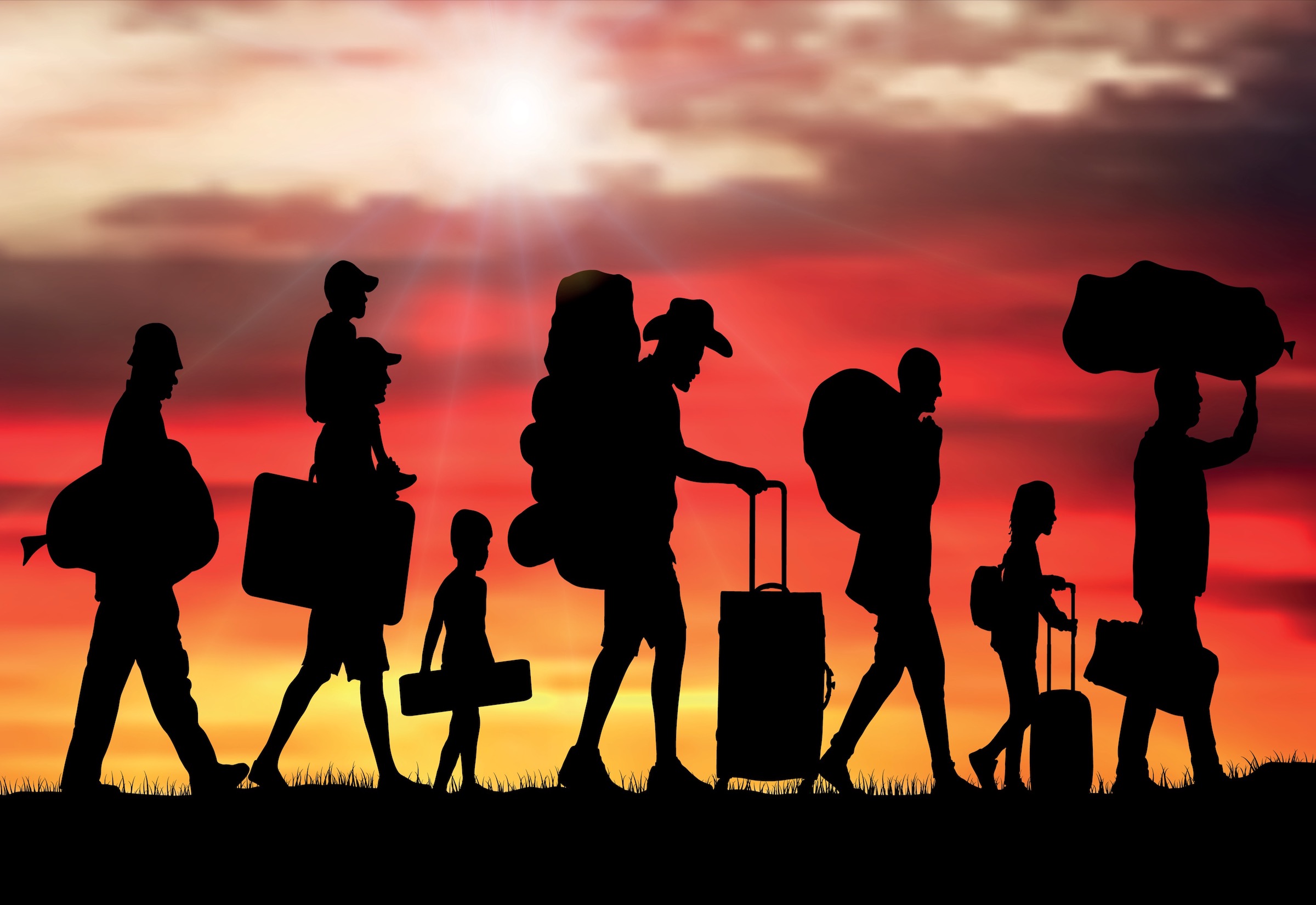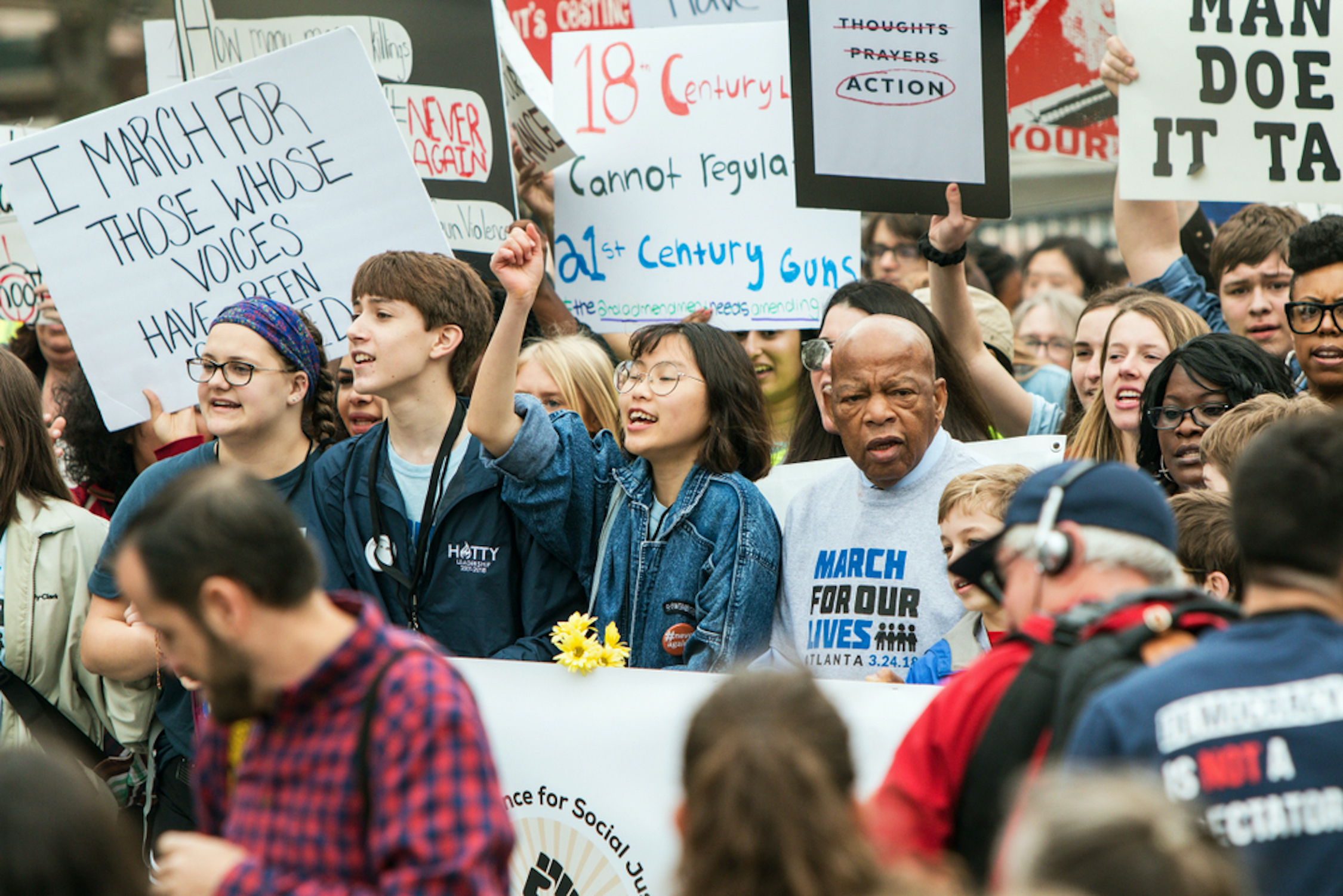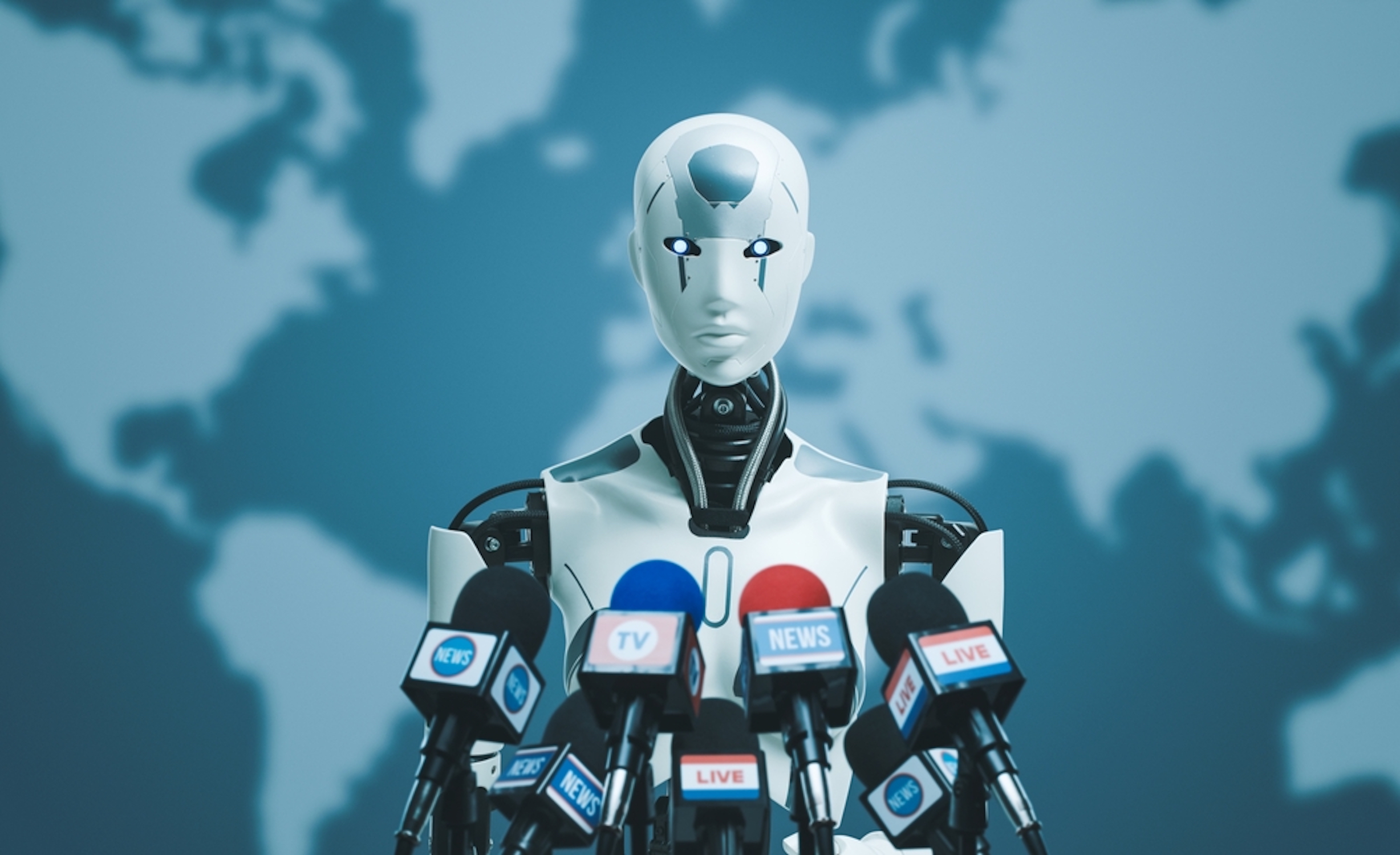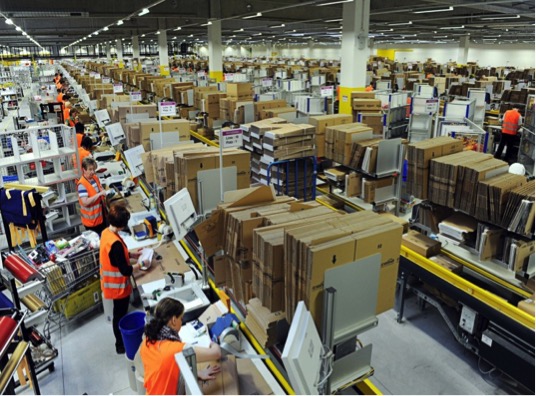Helen’s Place LLC, Update: July 13, 2022
The American people aren’t waiting for the government or industry to lead them in preparing for the next Covid-19 pandemic wave or other disease.
Some are taking matters into their own hands to carve out their destiny in the real world of pestilence, war and unrest.
According to the U.S. Chamber of Commerce, 10 million new businesses applications were filed since the start of the Covid-19 pandemic in 2020.
This indicates that some of the U.S. workforce isn’t waiting for the U.S. government to figure out solutions to problems such as how to keep daycare centers and schools open so women can go to work; they are creating their own jobs.
Those willing to return to work at a physical location, are skeptical, and want to know what the employer will do if and when there’s another wave of disease that would send them home.
Would they be able to keep their job and work online from home?
Some businesses with vision are scrambling to answer this question and are maintaining a hybrid business model, with work from home and in-office options. Some schools are developing protocols for what to do if they need to send students home with remote learning options.
In the case of healthcare workers or other type of service jobs that require the physical presence of workers, like restaurants, the situation to keep them on the job is problematic due to burnout.
As their co-workers quit, their workload increases, making conditions worse for them.
Allowing increases in immigrants willing to fill these jobs would go a long way to solve this problem.
In 2022, the drop in the number of people in the workforce, including immigrants, has caused huge labor shortages due to fewer workers and the unexpected surge in demand for goods and services.
The government and businesses weren’t ready when people rushed back to buying and going on vacations as the Covid-19 Omicron wave subsided.
The disruptions caused by labor shortages is hard to witness, such as produce rotting in the fields, restaurants closing sections of their restaurants or completely, and retail businesses closing due to lack of workers.
The U.S. Chamber of Commerce, through its “America Works Agenda” is pulling out all the stops to put pressure on the government to solve the labor shortage problem. They have put out a call to action and report the following on their website:
“Closing the jobs gap will require us to:
- Help Americans acquire the skills they need to fill today’s open jobs
- Improve educational and job training opportunities for the jobs of tomorrow
- Remove barriers to entering the workforce
- Expand the workforce through immigration reform”
Two of the most critical problems they report are keeping childcare centers funded and open so that women can go back to work, and a way to increase quotas to let more immigrants enter the U.S. willing to take critical service jobs that Americans don’t want.
The Chamber knows that if you want people to work, you have to have the infrastructure in place so they can work.
Enticing the long-term unemployed back to work has always been a difficult problem for the Department of Labor.
Currently, unemployment statistics only reflects those people actively looking for work and not those who have dropped out of the workforce, or dropped back in after a long absence.
The actual unemployment rate would be twice as high if the statistics of people who have stopped looking for work, were identified and combined with those currently receiving unemployment insurance.
Likewise, the statistics of those looking for work would be much higher if people were included who had dropped back into the labor market after a long absence.
The lack of statistical data about the undercounted gives rise to all kinds of speculation about why people dropped out of the workforce and haven’t returned.
People arguing that Americans are lazy are missing the point that uncertainty in the COVID-19 era is causing millions of people to quit their jobs, search for remote work that is safer and more secure, or start businesses where they feel they have more control of their lives.
We know that the labor shortage situation would improve if the government would guarantee that employment assistance would be available during another COVID-19 wave or other disease that would shut-down the workplace and send people home to quarantine.
Companies would also get more workers if they could reassure workers that they can respond to changing conditions to protect them, such as pay to work from home, or expand curbside pickup or other online service job options, during another pandemic wave.
In the Covid-19 era of government and employer distrust, the U.S. government and industry must prove to American workers that they are prepared for the inevitable disturbance due to COVID-19 we’re likely to experience in the future.
Until that time, the trend will continue for people to go it alone and become the agile workforce of their own making.
Related audio/video interview recording:
Discusses why Americans are quitting their jobs in record numbers:
YouTube, 60 Minutes, January 9, 2022, “The Big Quit”
Other related articles you may be interested in:
Definitions and explanations about what unemployment statistics are counted:
U.S. Bureau of Labor Statistics, “What are the basic concepts of employment and unemployment?”
In depth information from the U.S. Chamber of Commerce regarding what they are doing to combat unemployment:
U.S. Chamber of Commerce, Stephanie Ferguson, June 3, 2022, “Understanding America’s Labor Shortage”
Busting myths about unemployment:
The Washington Post, Adam Chandler, May 13, 2021, “No, unemployment benefits don’t stop people from returning to work”
Article is about the reasons for the global, great migration wave occurring across the world:
Helen’s Place, LLC, “Beg, Barter, Salvage and Share”
Your comments are greatly appreciated. Send them to Helen’s Place LLC via email to info@helensplacenet.com.
























